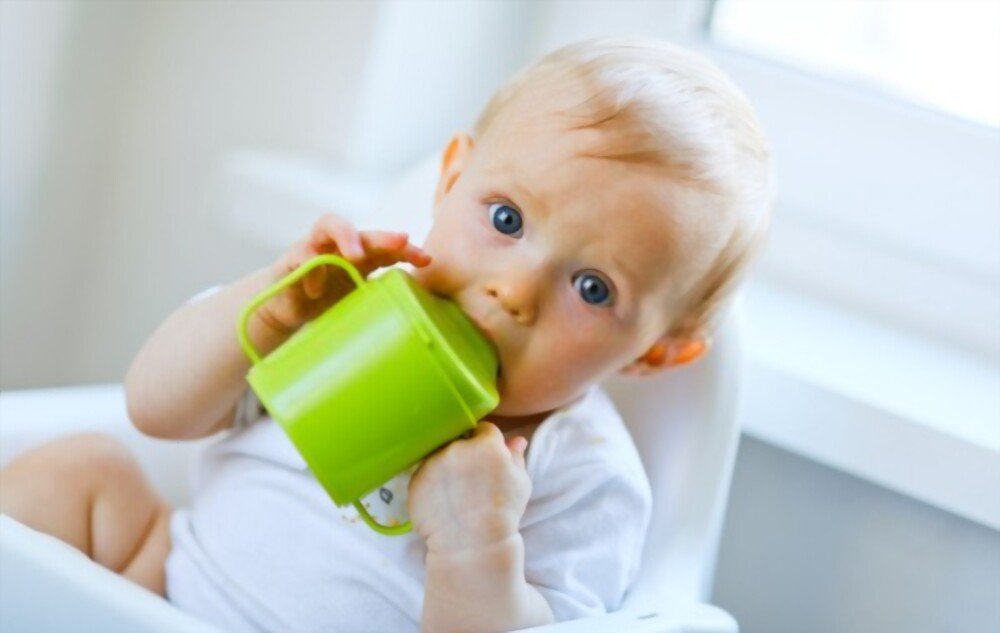It can be difficult to find the perfect leak-proof cup because there are so many factors. It is possible to reduce frustration for parents and toddlers by choosing the right cup. They are easy to clean and prevent leaks. We will show you how to use different cups and highlight the important features.
Important Considerations
Sippy cups may not be all equal. It’s important to understand the differences and how they could impact daily use.
Materials
You can find leak-proof cups in stainless steel, glass, and plastic with silicone parts. Some cups are made entirely of plastic, while others use a mixture of materials. The cup’s longevity and cleanliness can also be affected by the different components. We recommend that you understand the differences between different materials and how they can impact your toddler’s health.
Stainless Steel
For leak-free cups, food-grade stainless steel is a great choice. It doesn’t leach chemicals or lead, phthalates or other elements into its contents. There is nothing intrinsically harmful about steel. Stainless steel is easy-to-clean and often comes in insulated versions to keep liquids cool. Some evidence suggests that breastmilk nutrients could stick to stainless steel. This is not a problem if the sippy is used for feeding and not for hydration.
Plastics
Plastic is lightweight, portable, flexible, and easy to use for parents and toddlers. There are many styles and graphics available for plastic cups. They also come at a lower price, which means that you have less to worry about if they break or get lost. We believe plastic poses potential health risks that you need to consider before you decide which leak-proof cup is best. Cups with glass or steel bodies are more appealing to us for many reasons.
Silicone
Silicone is used in the manufacture of sleeves, straws, and straws. Medical-grade silicone is safe for children’s cups as it doesn’t get much contact with the contents. Silicone spouts have a flexible, mouth-friendly design compared to their plastic counterparts. Silicone is also less likely to cause injury when a child falls while sipping.
Parts
How often you drink your sippy can be affected by the number of parts. Consider the components that make up your sippy. You’ll have to consider how easy the parts fit together, and how difficult it is to clean them.
Spouts
There are many types of spouts available, including soft silicone, hard plastic, straws and cup-like edges. Every spout is unique and has its positive and negative aspects.
Valves
A leak-proof cup needs to have a valve. The valve prevents liquid from escaping while allowing children to drink. American Dental Association (ADA), prefers that toddlers use regular cups over leak-proof ones. This article is from the ADA.
Safety considerations
Leak-proof cups could pose a danger to children. Sippy cups were responsible for approximately 45,000 pediatric injuries between 1991 and 2010. Leakproof cups are a convenience item and not a prerequisite for learning how to use a coffee cup. Specialists believe they can delay or even stop a child from using real cups.
How to choose the best sippy cup
After deciding if you require a transition cup or a toddler sippy, you can narrow down the selection of cups. Consider key features to help you select the right option for your child. While all of the options in this review are excellent, one option is more likely to suit your needs.
First, Health, and Materials
LookAfterBabies believes that health is an important issue. Everyone comes in contact with chemicals every day, regardless of whether they want to. Because they are still growing, toddlers may have more sensitive developing systems than adults and could be exposed to harmful chemicals.
Next: Ease-of-use and Cleaning
Cups should be simple to use. Little ones may quickly forget how to use them. Little ones often choose cups based on the main body’s color, design, or characters. If the cup they choose is difficult to use, they will move on to more visually appealing cups that are simpler to use and drink from.
Last, Leakage
Sippy cups are often purchased by parents to prevent spillages and the mess that can result from regular cups. The cup that is leak-free should not leak. This is why we compare the cups with other brands in our review. You should keep in mind that your sippy cup’s liquid type and the location you intend to use it will impact how much leakage you are comfortable with.
Conclusion
Before you stare in awe at a stack of plastic cups that leak, consider the following performance attributes and decide which ones are most important to your child. We found that sippy options have something for everyone. The top-ranked sippy options and award winners reflect what we would buy for our children.
Read More: Complete Your Baby Shopping With The Ultimate Necessity; A Baby Walker.
